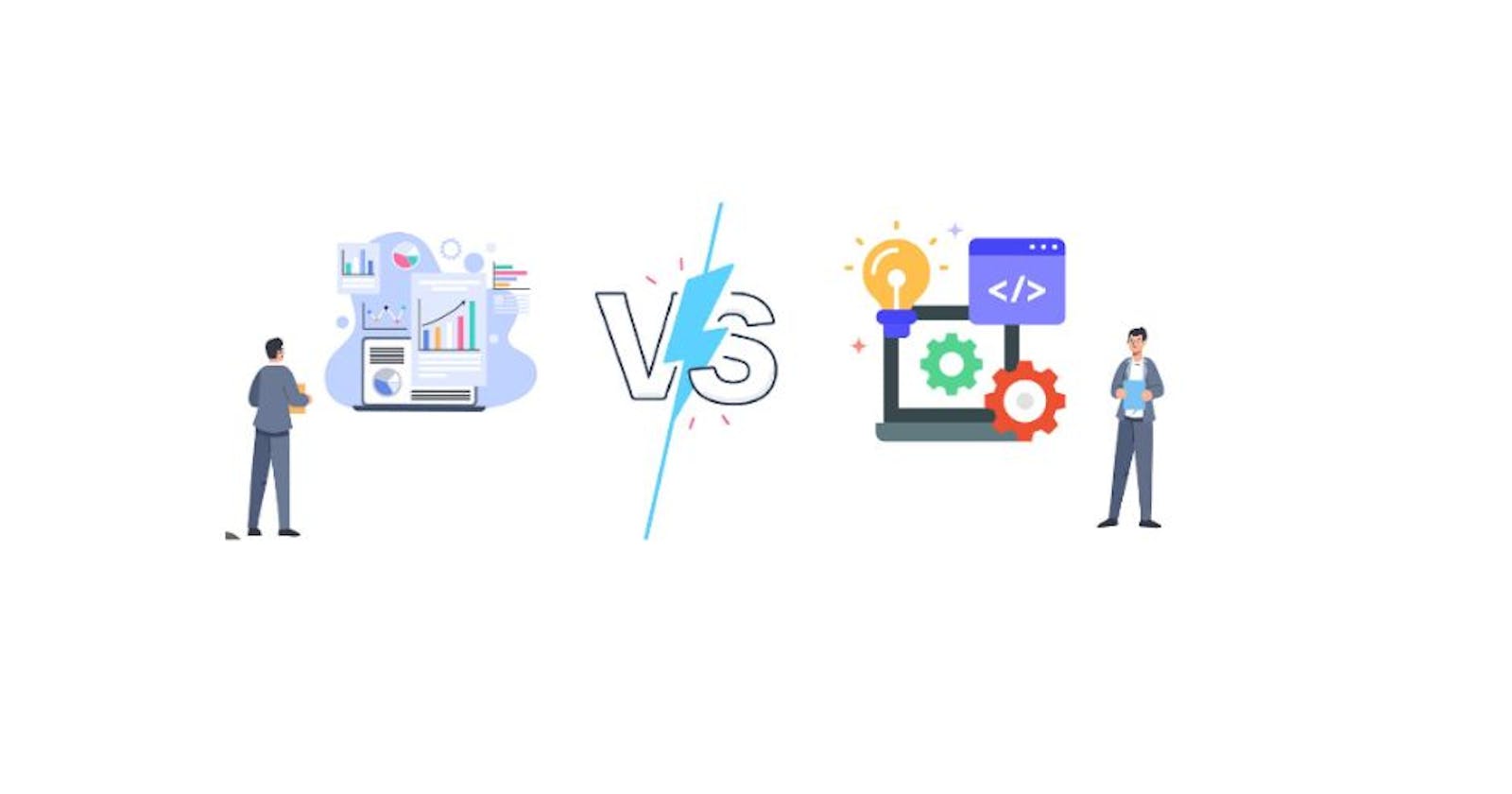Content Management Systems (CMS) and Customer Relationship Management (CRM) software serve distinct purposes in managing digital assets and customer relationships, respectively. Understanding their differences is crucial for businesses seeking to optimize their operations and enhance customer interactions.
Definitions and Purpose:
A CMS is a software application that facilitates the creation, modification, and organization of digital content, typically for websites, blogs, or online platforms. On the other hand, CRM software is designed to manage interactions with current and potential customers, focusing on improving customer relationships, sales, and support processes.
Functionality and Features:
CMS platforms emphasize content creation, publishing, and management, offering features such as content editing, version control, and workflow management. CRM systems centralize customer data, enabling businesses to track leads, manage contacts, analyze customer interactions, and streamline sales and marketing processes. Target Audience and Use Cases:
CMS platforms cater to content creators, webmasters, and digital marketers who require efficient content publishing and management tools. CRM software is essential for sales teams, customer support representatives, and marketing professionals seeking to understand customer behaviors, improve engagement, and drive sales.
Integration and Interoperability:
While CMS platforms may integrate with CRM systems for enhanced customer engagement, they primarily focus on content-related integrations with e-commerce platforms, analytics tools, and marketing automation software. CRM systems often integrate with various business applications, including email marketing platforms, accounting software, and customer support tools, to provide a comprehensive view of customer interactions and improve operational efficiency.
In conclusion, while CMS and CRM systems serve different functions, they are complementary tools that businesses can leverage to enhance their online presence, customer relationships, and overall operational efficiency. Understanding their distinctions and capabilities is essential for businesses to make informed decisions about their digital strategy and technology stack.
